1. Penmanship & Handwritten Essays

Handwriting essays used to be the norm, and it forced students to slow down, organize their thoughts, and engage deeply with what they were writing. Today, typing is faster and more practical, but something was lost along the way and AI is changing things too in ways we could never have imagined. Studies suggest that writing by hand strengthens memory, boosts comprehension, and even improves creativity compared to typing. Teachers often noticed that handwritten work showed more care and originality, while typed essays could feel rushed or copied. With so much learning now happening on screens, some educators miss the old practice, believing that handwritten essays helped students not only write better but also think better.
2. Kindergarten Nap Time
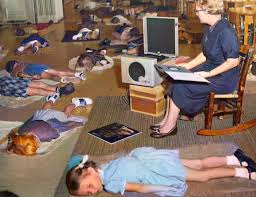
For decades, nap time was a staple of early childhood classrooms, giving kids a chance to rest and recharge in the middle of the day. Teachers saw it as more than just quiet time—it helped reset young minds so they could focus and absorb lessons afterward. But as schools pushed for more academics at younger ages, nap time faded away. Today, many educators point to rising behavioral challenges, shorter attention spans, and stressed-out students as signs that this simple tradition might have been more valuable than anyone realized. Rest isn’t wasted time—it can be one of the most effective tools for learning and emotional growth.
3. Long, Social Lunches
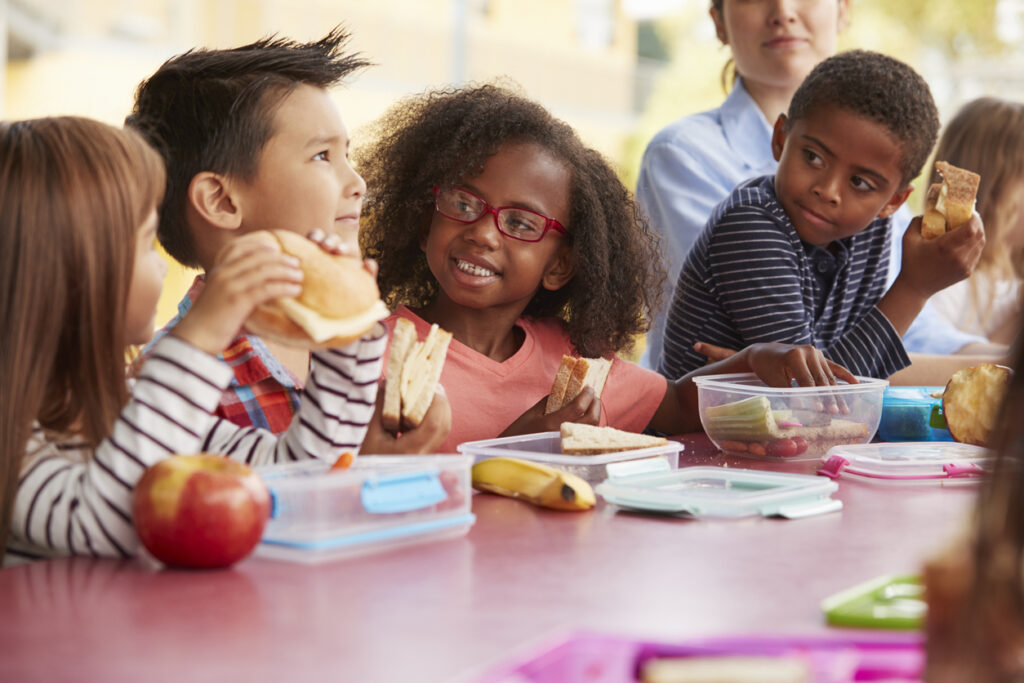
School lunch once lasted long enough for kids to eat, relax, and connect with friends. Today, many schools give students just 20 minutes—or less—to grab food, sit down, and finish before heading back to class. Some cafeterias even add strict rules or supervision that make lunch feel like an extension of the classroom rather than a break. Yet experts say those longer lunches played an important role in students’ mental health and social development. Having time to bond with classmates, talk freely, and take a real pause from academics helped kids return to class refreshed. Many argue that restoring longer, more social lunches could be one of the simplest ways to improve school culture.
4. Silent Cafeterias
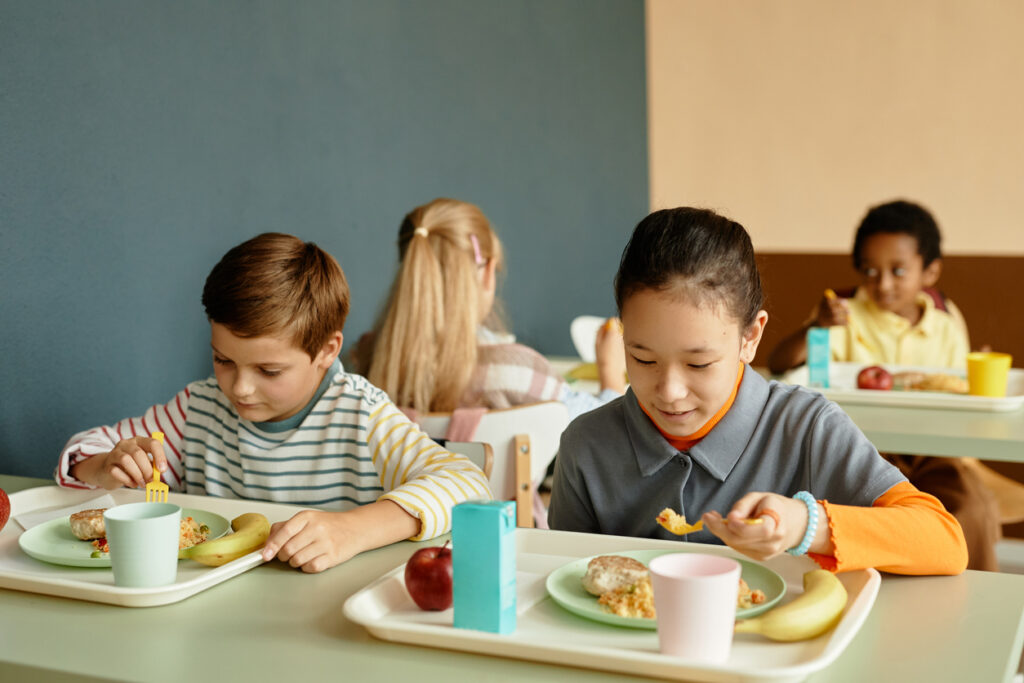
At one point, many schools experimented with “silent lunches,” hoping that banning chatter would improve discipline and reduce chaos. But instead of creating calm, it often led to more stress and resentment. For many kids, the cafeteria was the one time of day to laugh, share stories, and build friendships without the pressures of classwork. Taking that away often did more harm than good. Critics argue that these policies ignored the real purpose of lunch as a social outlet, especially for students who thrive on connection. While order is important, many educators now recognize that kids need freedom to talk, laugh, and build relationships in the lunchroom.
5. Home Economics and Shop Class
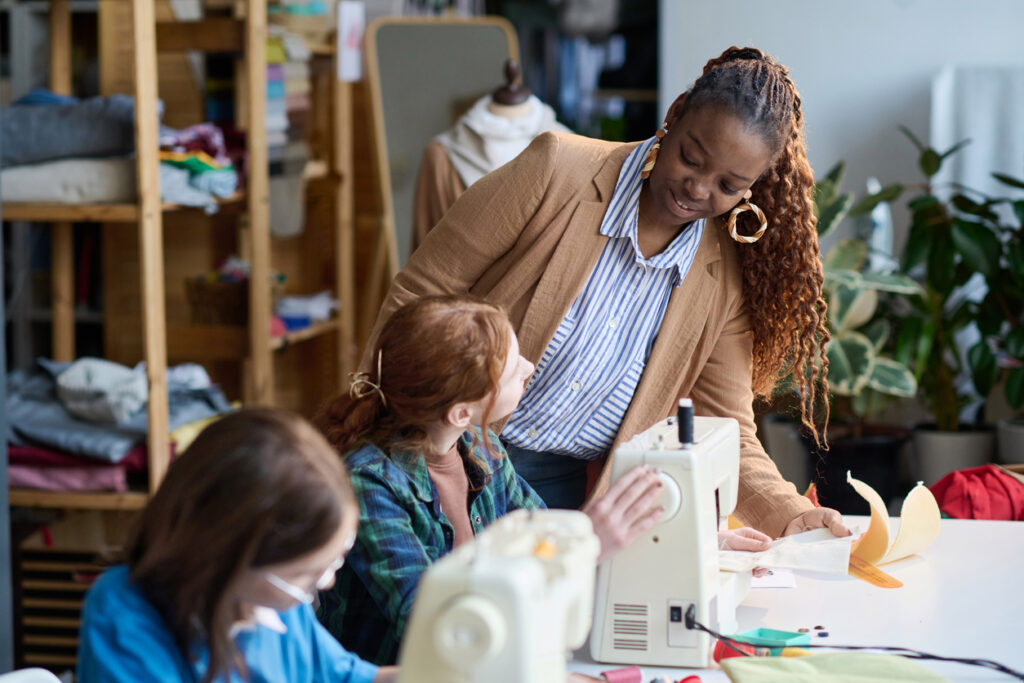
For generations, students learned everyday skills in home economics and shop classes—how to cook, sew, manage a household budget, or safely use tools. These courses gave kids a foundation for adult life that extended far beyond academics. Budget cuts and a greater focus on standardized testing pushed them out of most schools, leaving many graduates unsure of even basic tasks. Today, with rising conversations about life skills education, there’s renewed interest in bringing them back. Supporters argue that practical classes not only prepare students for independence but also spark creativity and confidence by letting kids work with their hands.
6. Holiday Parties

Classroom holiday parties were once simple traditions—decorating cookies, exchanging small gifts, or celebrating with seasonal crafts. They weren’t just about fun; they helped foster community and gave kids a chance to experience cultural traditions together. Over time, schools scaled them back or canceled them altogether to avoid controversy or manage tighter schedules. While the intent was to be inclusive, some educators note that the loss of these small celebrations also meant losing moments of joy and belonging. Now, a growing number of schools are finding ways to revive them, often with a broader cultural lens that honors many traditions. Note: My child (she’s 7) is in a school where they do have holiday parties like Halloween and Valentine’s Day where candy is distributed or valentines cards made for each other or to take home to family.
7. Locker Privileges

For decades, lockers were a rite of passage, symbolizing independence and personal space in school hallways. Students decorated them, stored books, and even used them as mini social hubs. In recent years, concerns over safety and school security led many districts to remove or restrict locker use. While practical, this change also took away a small but meaningful piece of student life. Without lockers, kids carry heavy backpacks all day and lose that sense of ownership in their school environment. Some educators believe reintroducing lockers—paired with modern safety measures—could restore a simple tradition that gave students responsibility and pride.
8. Field Trips

A trip to a museum, historical site, or science center once broke the monotony of the classroom and brought lessons to life. Field trips allowed students to connect abstract knowledge with real-world experiences, often sparking curiosity in ways a textbook never could. But rising costs, tight schedules, and liability concerns have made these outings rare in many schools. Educators argue that the loss of field trips has taken away valuable learning opportunities that helped broaden students’ horizons. Even a short excursion outside school walls can leave a lasting impression, showing kids how what they learn connects to the wider world.
9. Early-Morning P.E.

Starting the day with gym class was once common in many schools. The idea was to wake students up, get energy flowing, and build resilience early in the morning. While it may have toughened some kids, research now shows it often clashed with teens’ natural sleep cycles, leaving them tired and less focused for the rest of the day. Physical activity is still vital, but many educators now believe scheduling it later—when students are more awake—would make it more effective. Reimagining P.E. timing could bring back the benefits of morning exercise without the drawbacks that once left students dragging through their classes.
10. Required Music or Singing Time
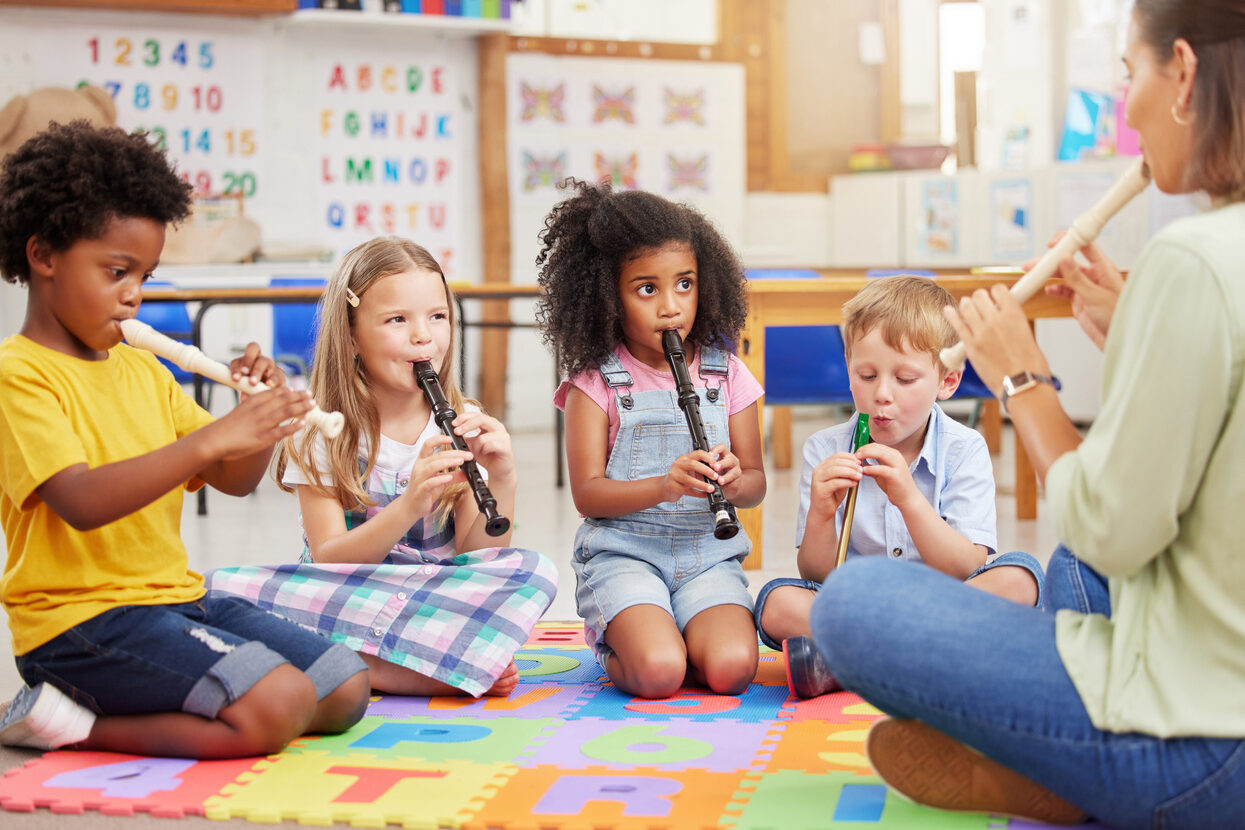
Music once held a guaranteed spot in the school day, with singing, instruments, or rhythm lessons built into the schedule. These classes weren’t just about art—they strengthened memory, math skills, and emotional expression. Budget cuts and a heavier focus on core testing subjects have pushed music to the sidelines, leaving many kids without access. The loss means fewer students discover hidden talents or find comfort in creative outlets. Advocates say bringing back required music could enrich learning across subjects while giving students an emotional and cultural foundation that standardized testing alone can’t provide.
11. Morning Flag Salutes and Patriotic Rituals
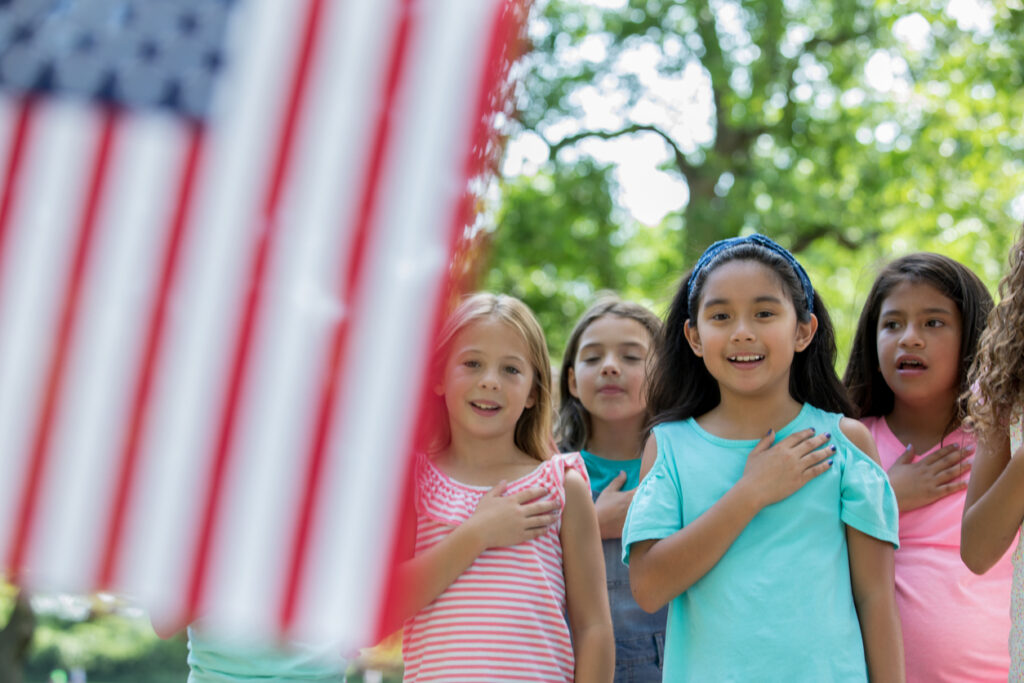
For much of the 20th century, school days began with the Pledge of Allegiance, flag salutes, or short patriotic rituals. These moments set the tone, creating a shared rhythm and sense of belonging. Over time, the tradition has faded in many places, either due to shifting cultural views or the push to maximize instructional time. While not everyone embraced the practice, some educators believe it offered structure and unity at the start of the day. Whether patriotic or adapted into a more inclusive ritual, starting with a daily shared moment could restore a sense of community in schools.
This story 13 Discontinued School Traditions Worth Reviving was first published on Daily FETCH


